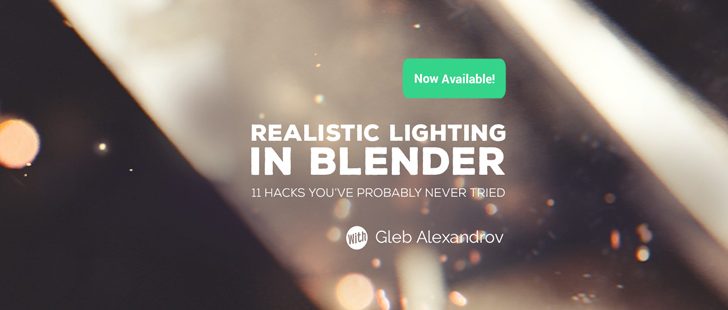

In addition to that, you’d want to achieve them as fast as possible. Sometimes a “One by One” where we talk about what each part of blender does – at the moment we are concentrating on modifiers – other times tutorials on specific things or quick tips to make your life easier.As Blender 3D artists, one of your main goals is to achieve realistic results with your 3D characters, scenes, environments, and all your projects in general. Better still, subscribe to the channel and you’ll see a new one of these every week.

Take a look at the video below to find out more. A product shot, particularly of something like, say, a lamp or a food mixer, can be achieved with as little as three well placed and correctly powered lights. Studio lighting can start with a single light, which can be all you need for a beautiful portrait, to something huge and elaborate for a car shoot. So I thought I would show you the simple and efficient way to use Blender’s area lights to simulate a realistic lighting setup. To do this you need to have a good idea about how a studio lights it’s scenes. But, even though there are studio environment HDRI’s sometimes you want to simulate the lighting in a studio with what you have in Blender.

It’s why HDRI maps are so popular for lighting a scene. The best way to make your renders look good is to get as close to real world lighting as possible. …and it’s main shader, the Principled BSDF is really good at creating any base look, from metal to ceramics and glass then all the way to mud.īut bad lighting makes for bad looking renders.


 0 kommentar(er)
0 kommentar(er)
